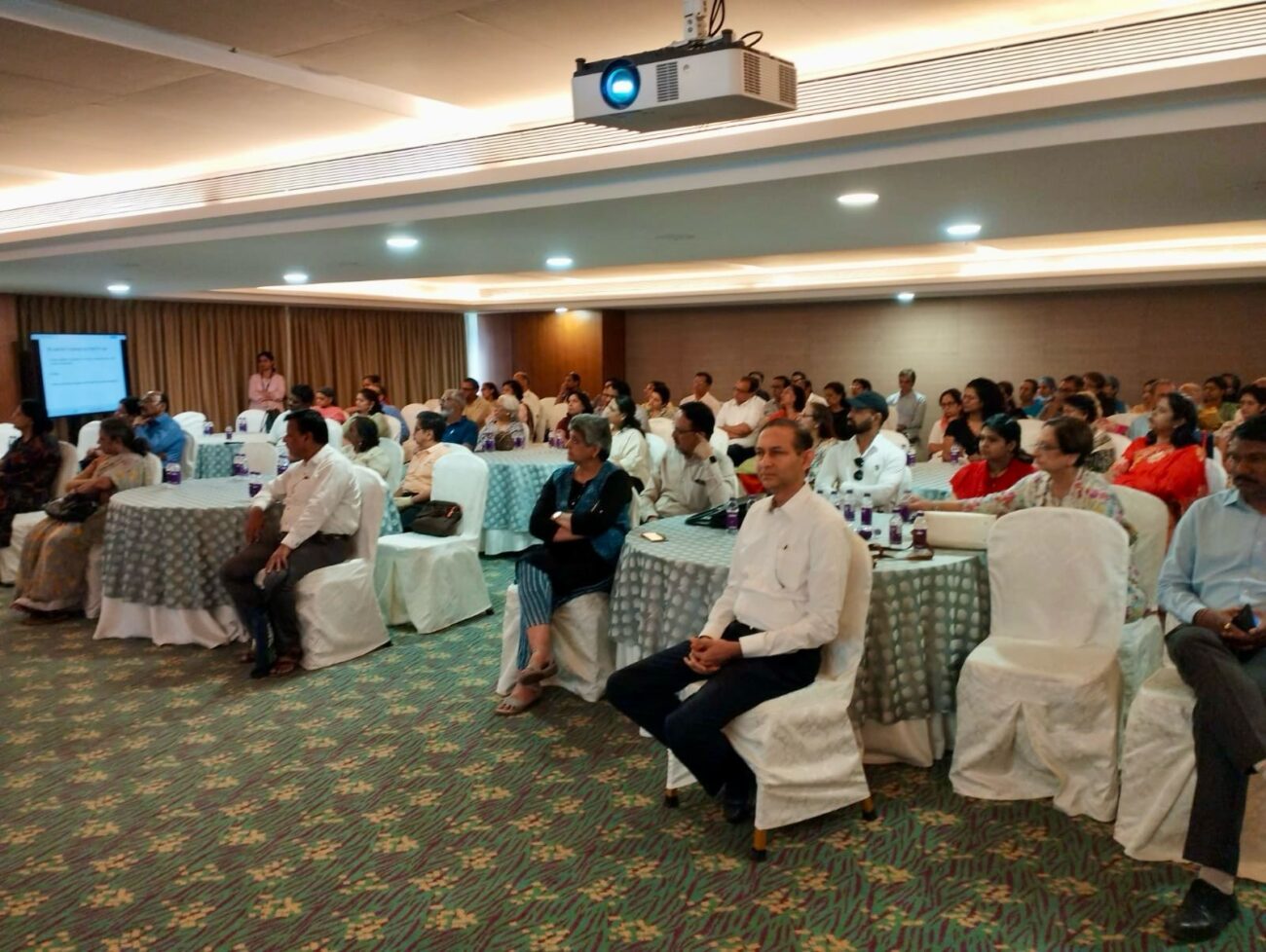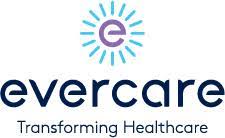Achieving Operational Efficiency with Tech-enabled High Acuity Beds Outside the ICU
The intrinsic demand for healthcare services will continue to soar across the globe, especially in countries like India, given the prevalence of chronic disease, aging population, and a quest for higher living standards. The hospital industry
The intrinsic demand for healthcare services will continue to soar across the globe, especially in countries like India, given the prevalence of chronic disease, aging population, and a quest for higher living standards.
The hospital industry in the country stood at Rs 4 trillion (US$ 61.79 billion) in 2017 and is expected to increase at a Compound Annual Growth Rate (CAGR) of 16-17 percent to reach Rs 8.6 trillion (US$ 132.84 billion) by 2023. (Figure 1)
 Figure 1: F – Forecast, CAGR – Compounded Annual Growth Frost and Sullivan, LSI Financial Services, Deloitte, Aranca Research
Figure 1: F – Forecast, CAGR – Compounded Annual Growth Frost and Sullivan, LSI Financial Services, Deloitte, Aranca Research
Changing healthcare landscape offers opportunities to health tech innovators
That’s a significant value creation opportunity for healthcare players who can overcome challenges, provide solutions to deliver better healthcare:

- Hospitals, consumers, and the government struggle with the exponential growth in healthcare financial burdens on incomes and revenues
- India faces a major shortage of healthcare resources including doctors and hospital beds. 20-30% of ICU beds are occupied by patients who do not need interventional critical care but only require close monitoring
- Major changes are occurring in two keys areas- technology (fusing medical science and tech towards AI, machine learning, and big data) and industry orientation (meeting the rising consumer expectations while tackling competition). Healthcare players need to adapt quickly to optimize the cost of care delivery without compromising on clinical outcomes.
In the 1960s, Federal Aviation Administration (FAA) shifted to a NASA-designed centralized air traffic control technology that allowed them to manage from a few hundred to thousands of flights daily- without increasing manpower overheads. It even made the processes safer and more efficient.
Indian healthcare is now ripe to undergo a technology revolution from the boom in healthcare technology across the patient care continuum. Why now? For starters. A change in the profile of illness from communicable to Non-Communicable Diseases (NCDs, aka lifestyle diseases) has changed the approach to care provision. The payor landscape is changing with increasing penetration of Medical Insurance (Figure 2)
 Source: Adapted from “Re-engineering Indian Healthcare, EY-FICCI report 2016” https://www.ey.com/Publication/vwLUAssets/ey-re-engineering-indian-health-care/$FILE/ey-re-engineering-indian-health-care.pdf
Source: Adapted from “Re-engineering Indian Healthcare, EY-FICCI report 2016” https://www.ey.com/Publication/vwLUAssets/ey-re-engineering-indian-health-care/$FILE/ey-re-engineering-indian-health-care.pdf
Moreover, with the changing regulatory landscape, hospital revenues are being squeezed in a big way. Capping of stents and prosthetics is only the start!
Similar drivers for change in the global markets have driven care providers towards cost optimization, big data, and medical analytics towards achieving operational efficiency. The vision is to equip every hospital bed with cloud systems that can feed vitals’ data to command centres for monitoring, timely intervention, and optimization of care delivery – A prediction also shared by healthcare industry experts in a recent Deloitte report.
For instance, Humber River Hospital in Toronto, Canada has joined hands with GE Healthcare Partners to increase efficiency by 40% through the country’s first healthcare digital Command Centre.
Increasing ICU-beds will increase cost of care delivery and squeeze margins
Not only does India have a disproportionately low number of hospital beds vis-a-vis WHO standards, but the number of ICU beds is also disproportionately low versus demand. However, adding more ICU beds is an expensive proposition for most hospitals that already operate on wafer-thin margins. Intensivists agree that 20-30% of their patients are only in the ICU for observation and hospital administrators agree that ICU revenues peak within 72 hours of admission and thereafter slowly decline with increasing length of stay. So why aren’t these patients, who only need observation and close monitoring, being moved out of the ICU to admit more deserving patients? The short answer is – lack of clinical confidence in patient monitoring outside the ICU.
Supercharging non-ICU Beds to manage higher acuity patients is the solution
When the cost of adding ICU beds is significantly higher than the cost of adding higher acuity beds, hospitals should consider increasing the fraction of the latter. Figure 3 shows the typical distribution of beds in a tertiary care hospital in a metro today. While ICU beds constitute 10-30% of beds, high acuity beds outside the ICU – such as High-dependency units, ICU step downs, ITUs, and observation beds are very scarce.
If hospitals are able to increase the subset of higher acuity beds and use technology to keep the operational cost to the provider low, the margins on these beds will be significantly higher and directly benefit the bottom line. A future bed distribution where a substantial number of tech-enabled higher acuity beds outside the ICU will not only improve ICU average revenues per occupied bed but also increase the margins. (Figure 4)

Stasis, a leader in connected health monitoring systems, is doing precisely this for hospitals in India. The company has developed a cloud-connected remote patient monitoring solution to manage vulnerable patients without the need for 1:1 nursing care, nor any capital investment in infrastructure. A plug and play solution, Stasis converts any bed into a smart, continuous, remote monitored bed within minutes at very affordable costs. With disruptive payment models and a focus on driving predictive AI-driven Smart Alerts to improve clinical outcomes through proactive patient care, Stasis is converting hospitals into Smart hospitals of the future.
When critical vital signs trends of a patient, coupled with automated Early Warning Score (EWS), are made available to doctors remotely, they can identify and manage patient deterioration promptly. This ensures better clinical outcomes and reduces the cost of care delivery by reducing the length of stay in ICUs – precisely what hospitals like Humber River are trying to achieve but at a fraction of the cost.
From the view of patient safety, such centralized technologies ensure that the family members aren’t worrying what’s going to happen next with every beep on the monitor. They know that qualified doctors are connected to their loved ones to identify and manage any patient deterioration in a timely way.
In today’s healthcare environment, any hospital that isn’t looking at technology to optimize the cost of care delivery will be the boiling frog of our time.





